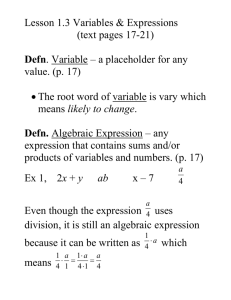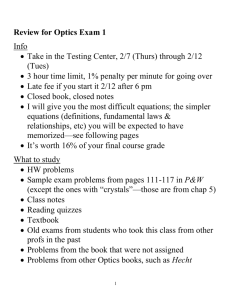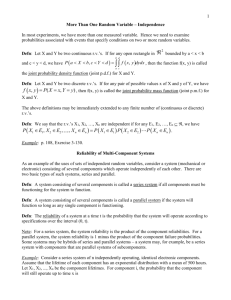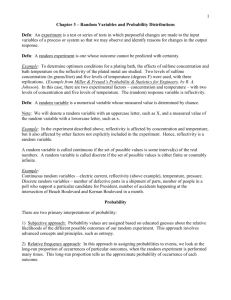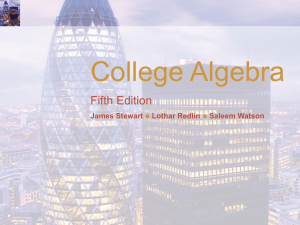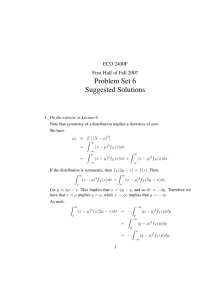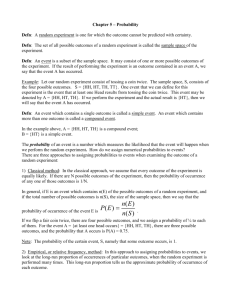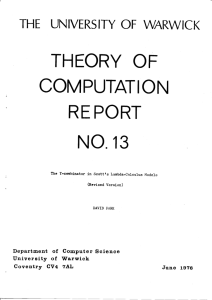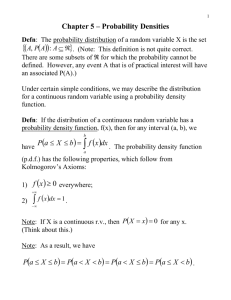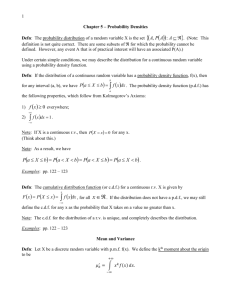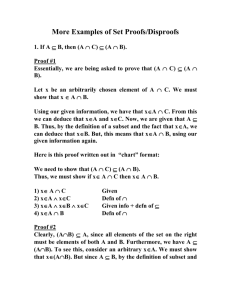Math 323-1
advertisement
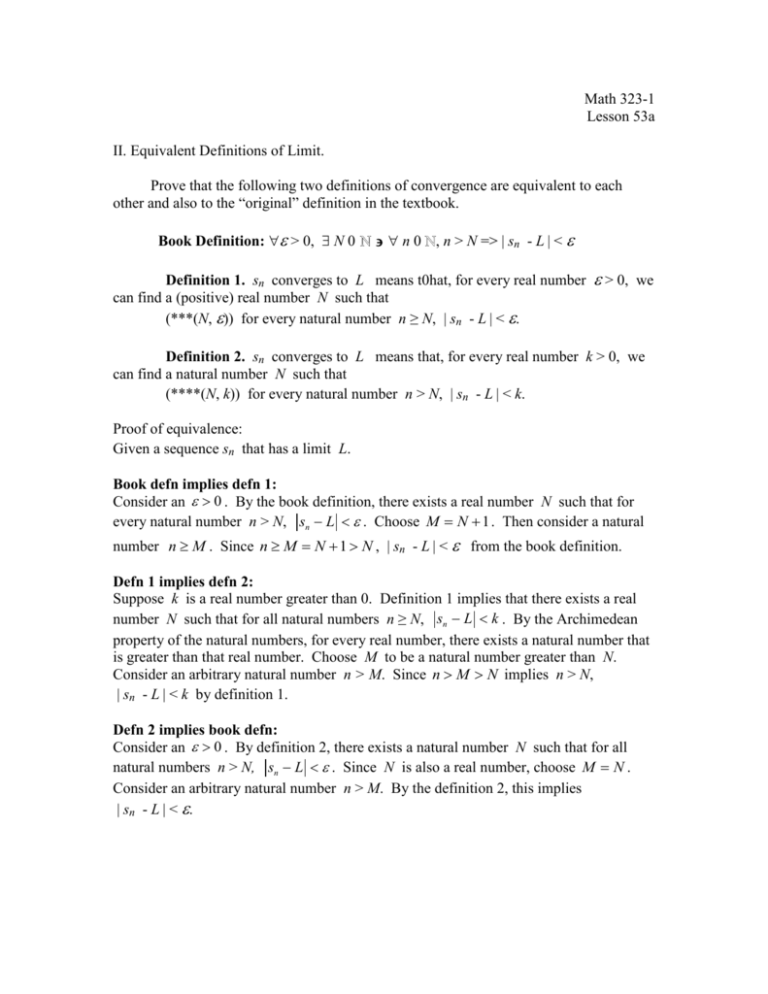
Math 323-1 Lesson 53a II. Equivalent Definitions of Limit. Prove that the following two definitions of convergence are equivalent to each other and also to the “original” definition in the textbook. Book Definition: > 0, N n , n > N =>| sn - L | < Definition 1. sn converges to L means that, for every real number can find a (positive) real number N such that (***(N, )) for every natural number n ≥ N, | sn - L | < . > 0, we Definition 2. sn converges to L means that, for every real number k > 0, we can find a natural number N such that (****(N, k)) for every natural number n > N, | sn - L | < k. Proof of equivalence: Given a sequence sn that has a limit L. Book defn implies defn 1: Consider an 0 . By the book definition, there exists a real number N such that for every natural number n > N, sn L . Choose M N 1 . Then consider a natural number n M . Since n M N 1 N , | sn - L | < from the book definition. Defn 1 implies defn 2: Suppose k is a real number greater than 0. Definition 1 implies that there exists a real number N such that for all natural numbers n ≥ N, sn L k . By the Archimedean property of the natural numbers, for every real number, there exists a natural number that is greater than that real number. Choose M to be a natural number greater than N. Consider an arbitrary natural number n > M. Since n M N implies n > N, | sn - L | < k by definition 1. Defn 2 implies book defn: Consider an 0 . By definition 2, there exists a natural number N such that for all natural numbers n > N, sn L . Since N is also a real number, choose M N . Consider an arbitrary natural number n > M. By the definition 2, this implies | sn - L | < .
